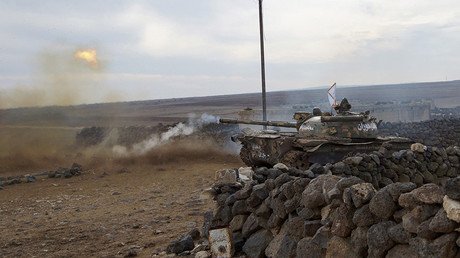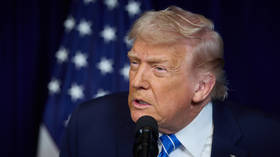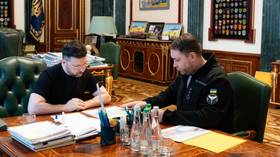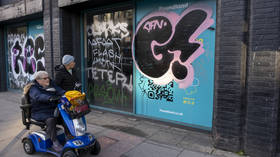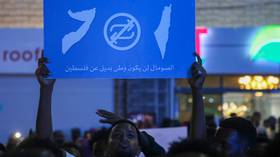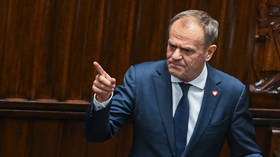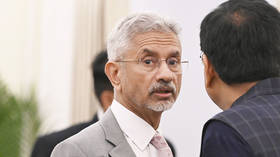Breaking down the US-Russia ceasefire plan for Syria

Following Moscow and Washington’s announcement of a joint ceasefire deal for Syria, the war-torn country may be on the verge of the biggest peacemaking breakthrough since fighting broke out there five years ago. Here is how the proposed truce should work:
When does it start?
The ceasefire will become official at midnight Damascus time on Saturday, February 27 (or on Friday at 22:00 GMT). Those who subscribe to the agreement have to publicly declare that they will desist from hostilities by a deadline 12 hours before the ceasefire comes into effect, and inform the White House or the Kremlin.
Who does it apply to?
It is clearer which parties it doesn’t apply to: “‘Daesh’ [Islamic State], ‘Jabhat al-Nusra’ [an al-Qaeda offshoot], or other terrorist organizations designated by the UN Security Council,” according to the Joint Statement. The Syrian government, as well as the oft-mentioned “moderate opposition” factions and the Kurds, will have to take it upon themselves to put down arms – or face consequences.
If the sides agree, what will be expected of them?
Participants are obligated to “cease attacks with any weapons, including rockets, mortars, and anti-tank guided missiles” and “refrain from acquiring or seeking to acquire territory from other parties to the ceasefire.” They must also allow “unhindered and sustained” access to humanitarian assistance missions and employ only “proportional force” in self-defense against those not party to the agreement.
How will the ceasefire function in practice?
Moscow and Washington will “work together to exchange pertinent information,” such as up-to-date maps indicating which sides have agreed to the ceasefire, and where they are located. The parties that are confirmed to have agreed to the ceasefire conditions should no longer come under fire from either side. The firepower is then expected to be concentrated on Islamic State and other jihadists.
Russia & US to work together to determine non-terror groups in Syria – Putin https://t.co/6Gh5jLZ7mRpic.twitter.com/CN5nCOsOO8
— RT (@RT_com) February 22, 2016
How will it be monitored?
A Task Force will be set up, co-chaired by Moscow and Washington, which will “promote compliance and rapidly de-escalate tensions,” serve as an arbiter to “resolve allegations of non-compliance,” and refer “persistent” truce-breakers to senior officials to “determine appropriate action, including the exclusion of such parties from the arrangements of the cessation of hostilities.” A direct hotline will be set up between Moscow and Washington to avoid internal squabbles and improve contact inside the Task Force. The statement also leaves a role for public institutions and journalists in keeping the peace, promising that the ceasefire “will be monitored in an impartial and transparent manner and with broad media coverage.”
PUTIN'S FULL STATEMENT: Syrian ceasefire to begin on February 27, real chance to end bloodshed
